River Foyle: What lives in the water?
- Published

The Foyle's 80 mile journey to the ocean takes it through the heart of Londonderry
From its meandering rise in the Sperrins to its entry into the Atlantic Ocean, the River Foyle spans some 80 miles as it traverses Ireland's north west.
It is the natural feature that gives a commonality to those living on its banks and shores.
And beneath its surface, it is home to a rich diversity of aquatic species.
Loughs Agency marine biologist Ciarán McGonigle believes the Foyle's mix of species may surprise many.
He said the river's often murky appearance may give the wrong impression.
"Our water clarity is poor but the quality of the water is really very good," he said.
That water quality is among the factors that make the Foyle perfect for life - including some species few would associate with the north west waterway.

Earlier this year the sight of two dolphins up river in the city centre delighted the Derry public
A mix of fresh and salt water, a lack of predators and plentiful source of food make it an ideal home for any number of unlikely species.
"You have all of that freshwater coming down from the Foyle's 3,500 sq kilometres catchment and that's meeting the tidal waters of the estuary," said Ciarán.
"You have characters present all year round - the estuarine species like the sole, the flounder, eels, some of the dabs, turbot and plaice, those fish are well adapted to living within estuaries.
"We would come across these guys in the waters close to the city.
"When you have a spring tide like we have at the moment, you have saltwater coming further up river, right up as far as the Craigavon Bridge."
Seaweed and crab can often be seen in and around the bridge.
'Plentiful food'
The Foyle's also an ideal nursery ground for juveniles looking for a safe haven to flourish.
"There are not as many predators as there are in the open ocean, it is safe in terms of climate, food is plentiful and there is not a massive amount of current - these are the most important things for juveniles," Ciarán added.
As the seasons change so too do the species of fish in the river.
In early spring and summer the Foyle also experiences a plankton bloom - hugely attractive to any number of underwater life.
From males that carry their young, to species that change colour during mating season and a fish that smells of cucumber, here are some of the more surprising species to live in the Foyle.
Lumpsucker
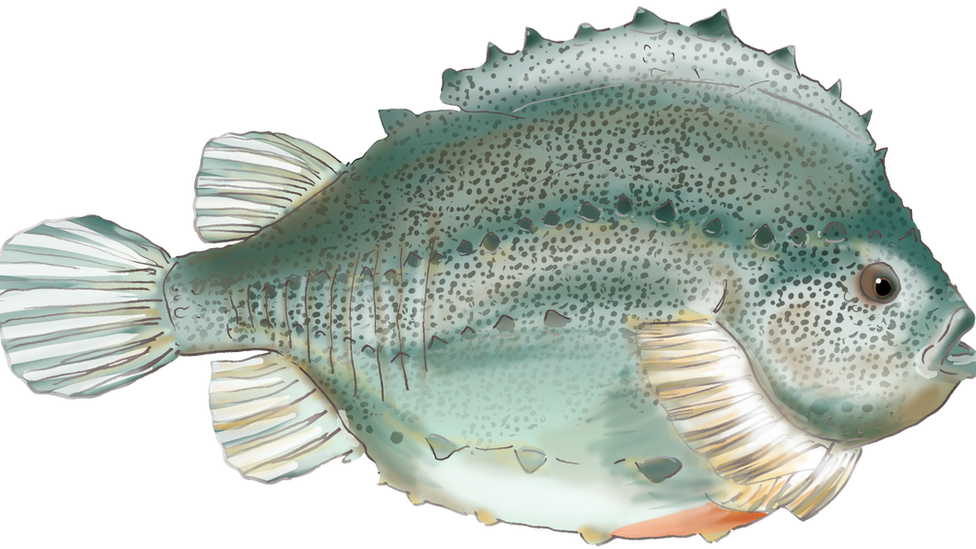
The lumpsucker appears in the Foyle during the summer months
The lumpsucker is a surprise Foyle dweller, even to Loughs Agency staff.
"They're quite odd looking creatures with a mouth and body form similar to the native wrasse and a very distinctive colouration.
"Their pincer teeth are ideal for plucking lice and barnacles off things," said Ciarán.
The lumpsucker filters into the Foyle in the warmer summer months when they make their summer migration along Ireland's western coast.
The Smelt

The cucumber smelling smelt are found in the river all year round
Known for their rather distinctive smell, there are smelt aplenty in the Foyle, according to Ciarán.
"They are very distinctive in that they smell like cucumber. It could well be an anti-predatory response, maybe that's why they survive so well, no one wants to eat them," he said.
Present all year round, the presence of smelt is seen as a indicator of good water quality.
"A lot of people have a very bad opinion of the Foyle when they look at the brown water, but it's very much the opposite.
"The smelt are present in very big numbers. These guys lay a lot of eggs, there's lots of juveniles, great chance of producing, no pressure on them in terms of fishing."
Sunfish
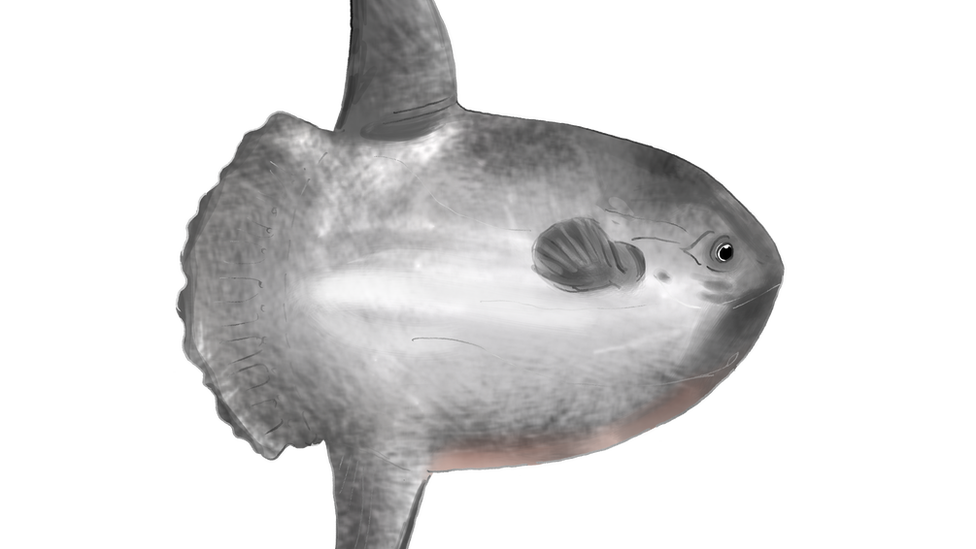
Sunfish can grow to the size of a car
"These are occasional visitors to the Foyle," Ciarán said.
"They are an impressive if very odd fish."
He said they are known to grow to "the size of a family car".
"We've never seen that here, predominantly it is juveniles we have in the Foyle.
"I've never seen anything bigger than about a metre across," he added.
Lamprey
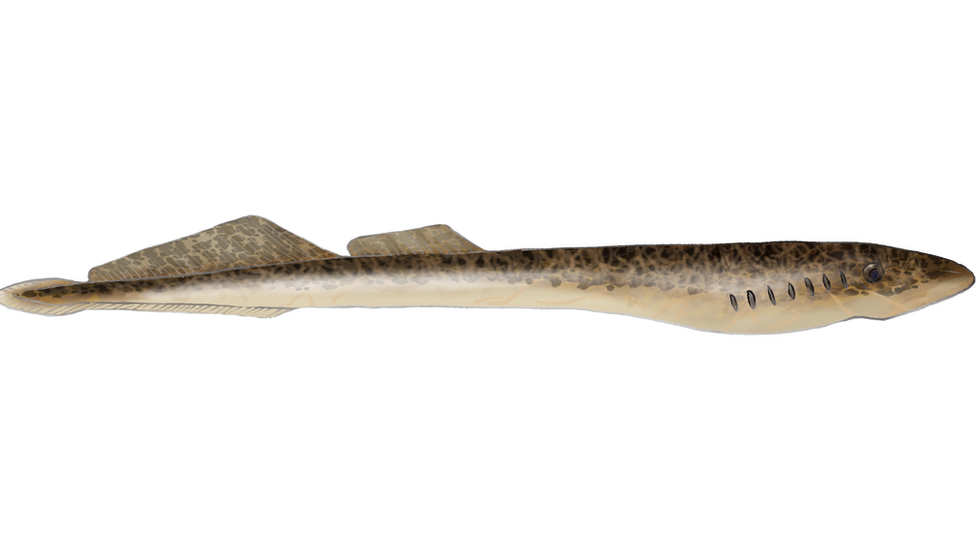
Sea lamprey can grow to a metre long
River, sea and brook lamprey are what you will often see hitching a ride attached to a basking shark.
"Their young are laid in muddy habitats along the river, and the Foyle has a lot of such habitats," said Ciarán.
A hearty species, their appearance in the Foyle coincides with the basking shark migration.
"They are able to survive through thick and thin, and grow to about 1 metre. They have quite a girth and have a very odd colouration.
"They really are a prehistoric relic. Like the smelt, nothing likes to eat them much," he added.
Pipefish
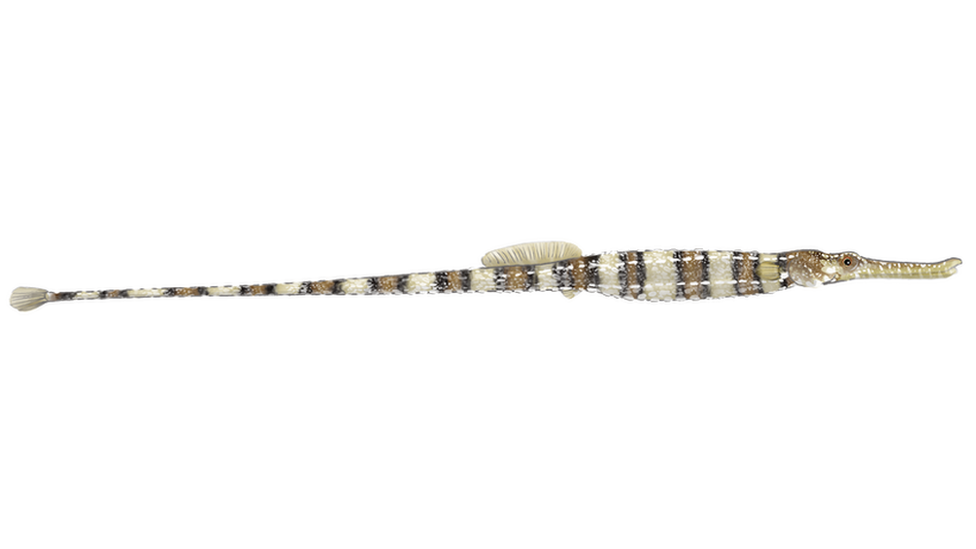
Male pipefish carry their young around in a pouch
Present for around six months of the year, the pipefish is a magnificent looking fish, according to Ciarán.
"They are really distinctive , and the males carry the young around in a pouch.
"We'll start seeing these guys in the coming weeks and their numbers are flourishing.
"There's no commercial fishing so their numbers have grown exponentially over the last 15 to 20 years."
Dragonet
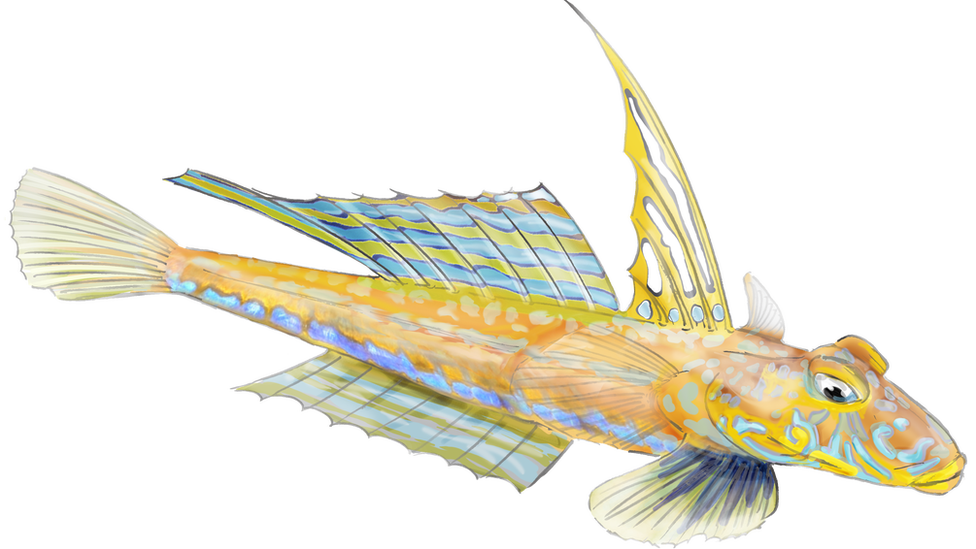
The dragonet changes colour during mating season
Another species people may be surprised to learn lives in the Foyle.
"It's one of the few species that changes colour during mating season when the males put on a real colour display.
"It's like something you would associate with the Mediterranean not the Foyle," Ciarán explained.
"It's a really mad looking fish."
- Published26 March 2018
